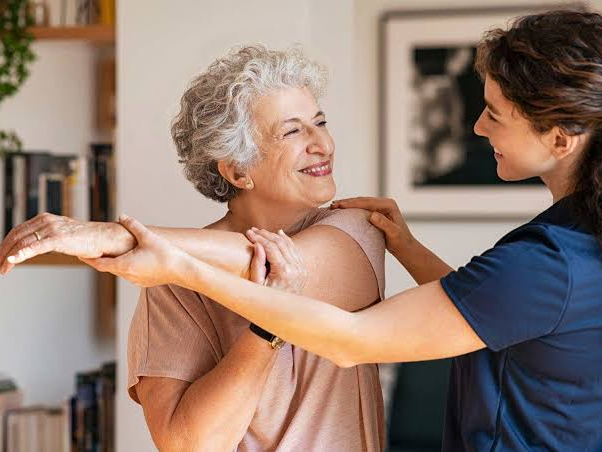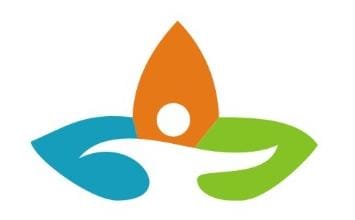+918048400576

This is your website preview.
Currently it only shows your basic business info. Start adding relevant business details such as description, images and products or services to gain your customers attention by using Boost 360 android app / iOS App / web portal.
Physiotherapy and ageing: Role of a Physiotherapi...

Physiotherapy and ageing: Role of a Physiotherapist in ageing is to help Elderly individuals maintain and improve their mobility, independence, and overall quality of life. This can be achieved through various interventions and treatments aimed at promoting physical activity, preventing falls, managing pain, and addressing age-related conditions and diseases. 1. Assessment and Diagnosis: Physiotherapists assess the physical capabilities, mobility, and functional limitations of older adults. They diagnose and identify areas of concern, such as muscle weakness, balance issues, joint stiffness, or chronic pain. 2. Designing Individualized Treatment Plans: Based on the assessment, the physiotherapist develops personalized treatment plans that address the specific needs and goals of the elderly individual. These plans often focus on improving strength, flexibility, balance, endurance, and mobility. 3. Exercise and Rehabilitation: Physiotherapists work with elderly individuals to perform appropriate exercises and rehabilitation techniques to strengthen muscles, improve mobility, and enhance overall fitness. They may use manual therapy, stretching exercises, resistance training, and other interventions to address specific age-related concerns. 4. Fall Prevention: Falls are a significant concern for older adults. Physiotherapists play a crucial role in assessing the risk of falls and implementing preventive measures. They provide exercises and strategies to improve balance, coordination, and proprioception, along with educating individuals on home modifications and safety recommendations. 5. Pain Management: Many older adults experience chronic pain, often due to age-related conditions such as osteoarthritis or degenerative disc disease. Physiotherapists can utilize various techniques such as heat therapy, cold therapy, ultrasound, electrical stimulation, and manual therapy to help manage pain and improve functional abilities. 6. Assistive Devices and Mobility Aids: Physiotherapists may assess the need for assistive devices like canes, walkers, or wheelchairs to enhance mobility and independence. They provide recommendations on the appropriate use of these aids and help the individual adapt to them. 7. Education and Exercise Prescription: Physiotherapists educate elderly individuals about their conditions, emphasizing the importance of exercise, proper posture, body mechanics, and ergonomics. They provide home exercise programs and teach older adults and their caregivers how to perform exercises safely and effectively. 8. Collaborating with Other Healthcare Professionals: Physiotherapists often work as part of a multidisciplinary team, collaborating with physicians, occupational therapists, and other healthcare professionals to provide comprehensive care for elderly individuals. They exchange information, discuss treatment plans, and coordinate services to optimize patient outcomes. Overall, physiotherapists play a vital role in promoting healthy aging by addressing physical limitations, managing age-related conditions, preventing falls, and enabling older adults to maintain their independence and quality of life.. .

